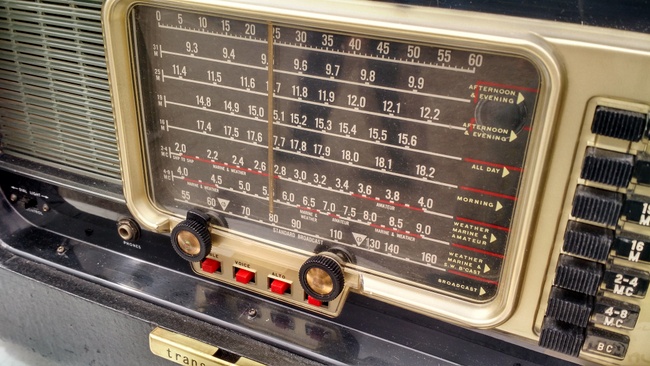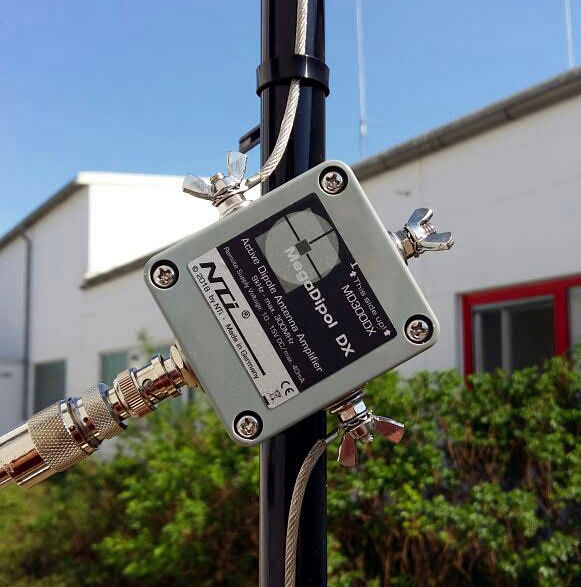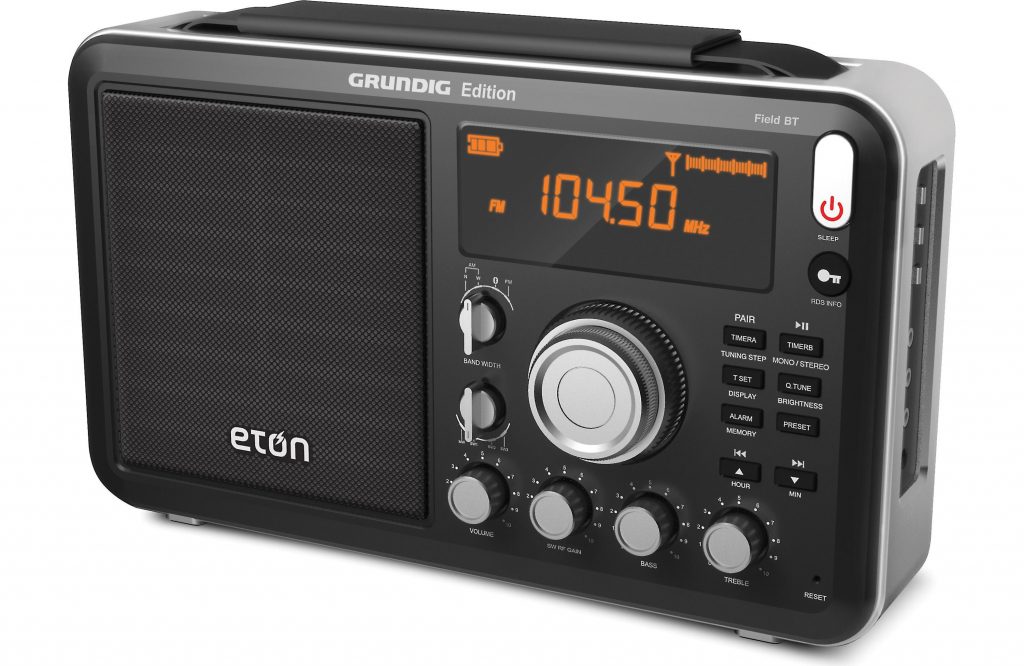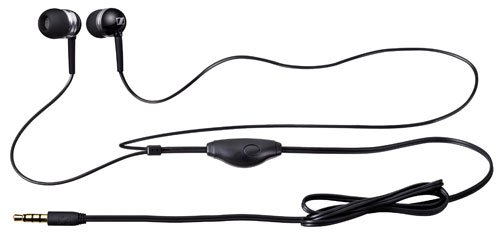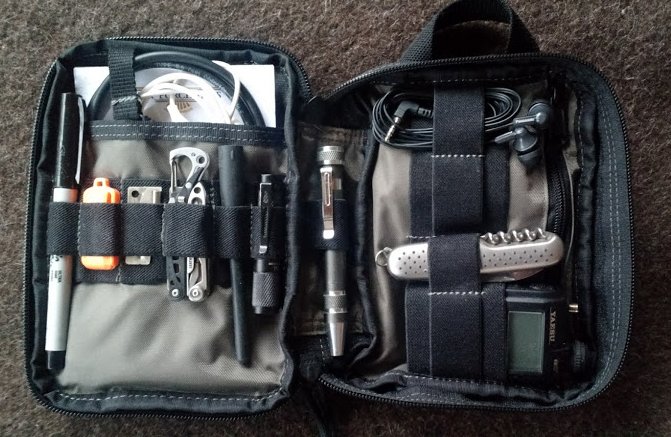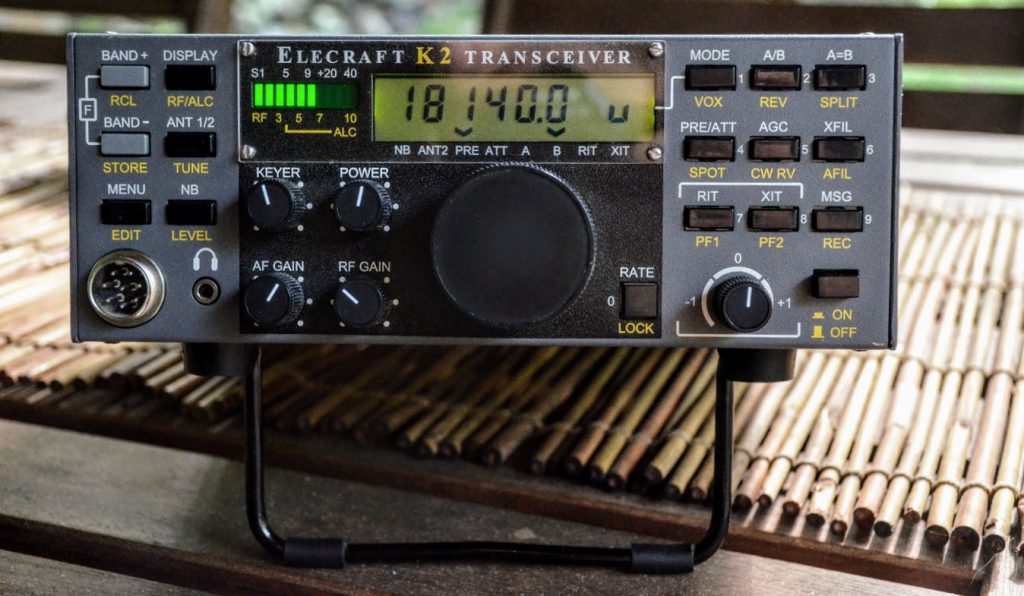
[Update: One of our readers purchased the K2/100! Thanks!]
I freely admit it: a lot of radios enter and exit my radio shack––especially portable receivers and SDRs of all stripes. It’s just the nature of doing gear reviews and evaluations. I also keep a fairly robust arsenal of radios here at SWLing Post HQ for future comparison reviews and evaluations as models are upgraded.
But amateur radio transceivers that I personally use at home and in the field––? These come and go much less often.
I feel lucky in that I get exposure to most of the radios currently on the market. Yet I’m also cursed in that I simply can’t turn off that internal reviewer when I use a radio! I’ve become a bit extra-critical, hopefully constructively so, of radio ergonomics, user interfaces, functions, and of course, performance.
I used to have a healthy selection of transceivers in my shack as well, but over the years I’ve found it necessary to distill them down to just a few––almost all of which, if you’re curious, are Elecraft models.
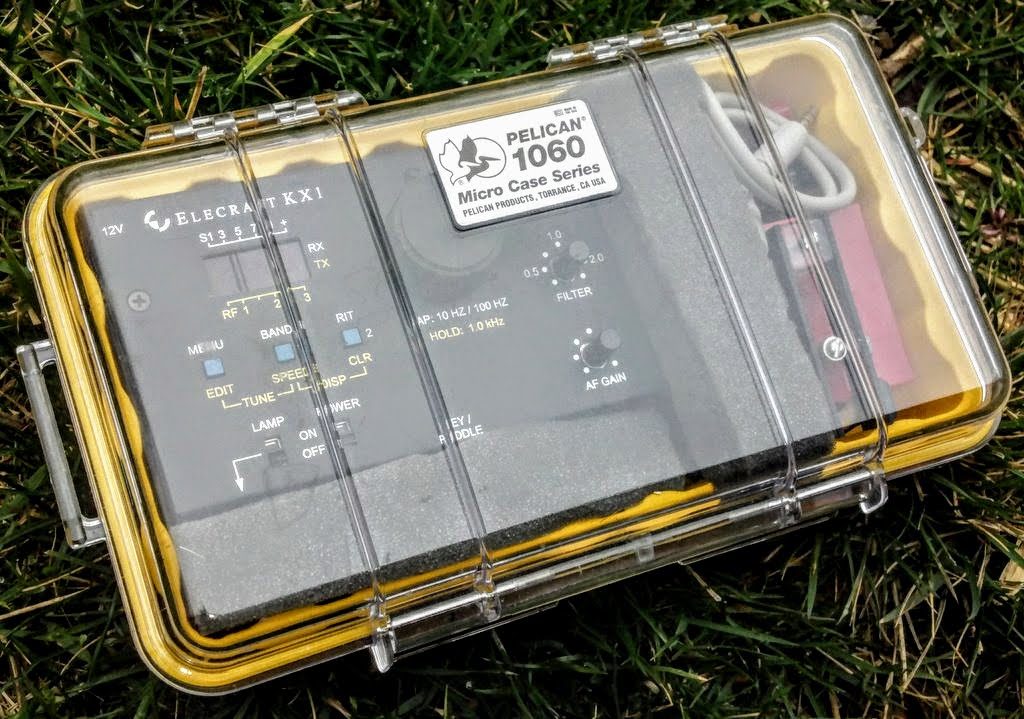
My Elecraft KX1 in the Pelican 1060 case which fit it and its accessories perfectly.
One of the first Elecraft rigs I owned was the KX1, the ultimate handheld field portable 4-band CW radio of its time. I believe I acquired it in 2008. SWLs will be interested to know that I could even tune to broadcasters on the KX1, using ECSS.
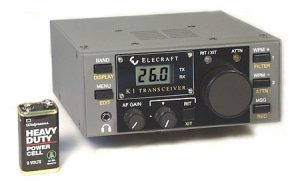
The Elecraft K1 (Source: Elecraft)
I loved the KX1 so much, in fact, shortly thereafter I purchased a K1. The latter I ended up keeping for perhaps one year or so.
Soon thereafter, I purchased an Elecraft K2/10 (the “/10” stands for 10 watts).
I should note here, for those who are not familiar, that almost all of Elecraft’s products are available in kit form. The K1, KX1 and K2 are proper kits. You can’t buy them factory built at Elecraft. With that said, I’ve never had the pleasure of building any of these models from kit form because I purchased them second hand.
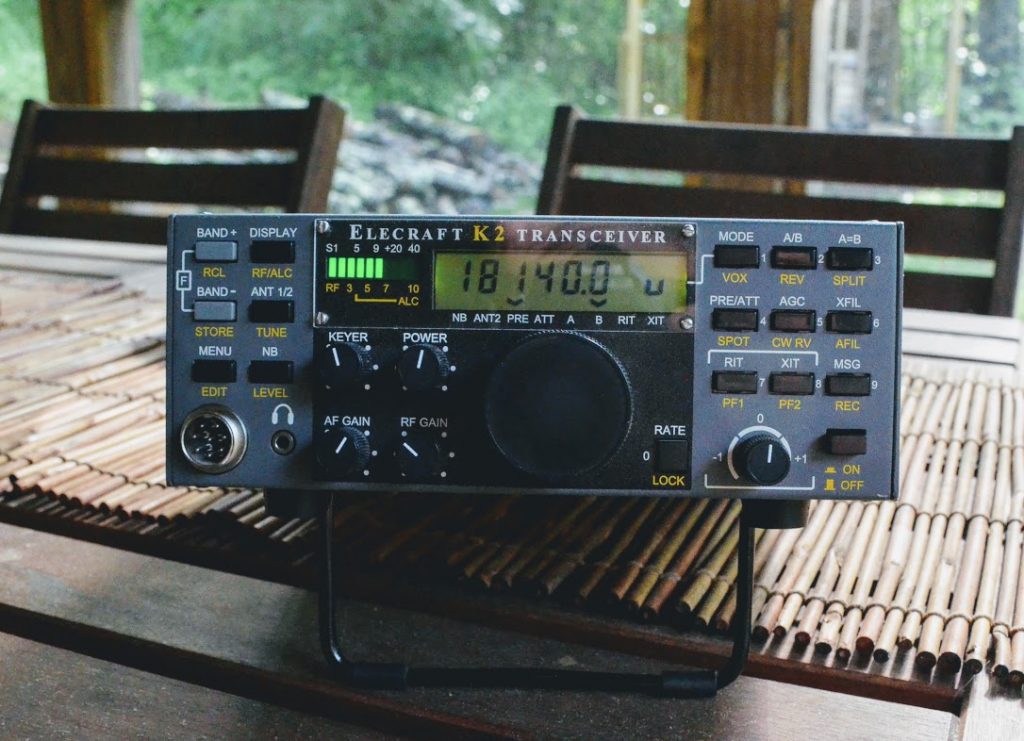
The Elecraft K2
The K2 has been in production now for twenty years (!!!) and it still has a healthy market and dedicated community. The K2 must be one of the best documented, benchmark performance through-hole kit transceivers ever made. Because of the robust user base and the fact Elecraft still produces it, it’s also one of the easiest radios on the market to diagnose and repair. The thing was designed to be a “hands-on” radio–to be pulled apart and serviced–there’s no mystery meat inside.
I used my K2/10 for many years…and assured myself I’d never sell it.
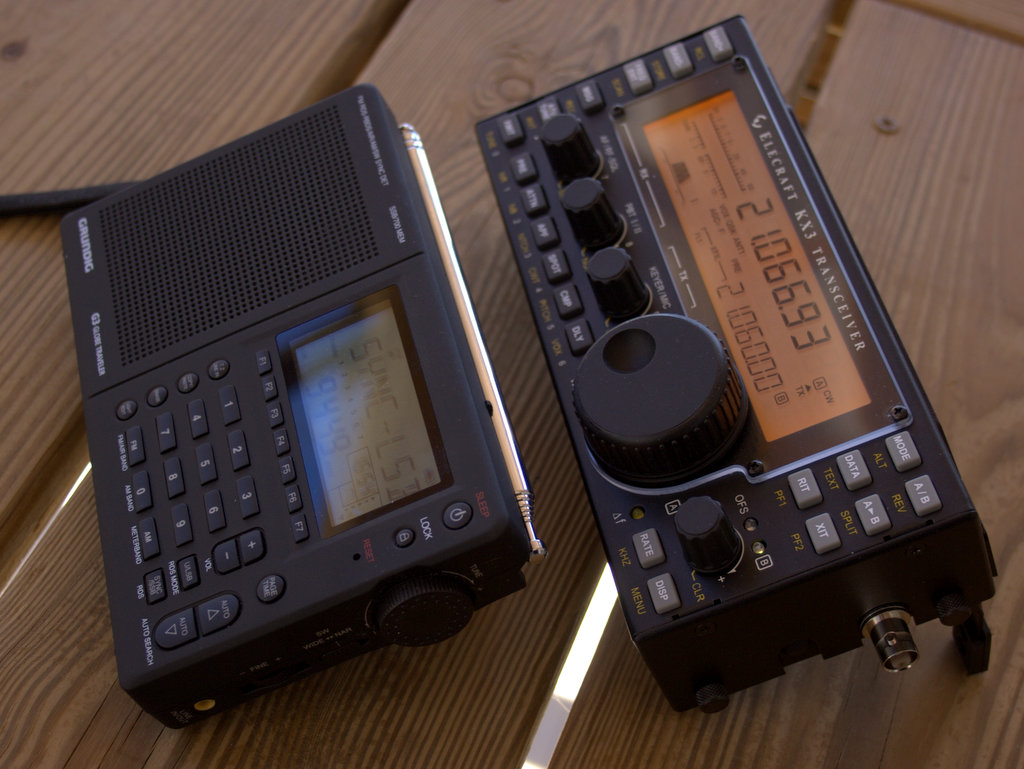
Grundig G3 shortwave portable (left), Elecraft KX3 general coverage transceiver (right)
Ah, the best laid plans of mice and men…! In 2011 Elecraft introduced the venerable KX3 and I fell head over heels for that radio (just read my review). All of a sudden, my trusted K2/10 wasn’t getting as much air time and started collecting dust, so I (reluctantly) sold it to free up some radio funds.
Then, within weeks of selling my K2/10, someone posted a K2/100–a 100 watt version of the K2–for sale on our local radio club’s email group. No one in the group showed interest. The sale was for a late local ham, now SK (silent key), and his friend who was selling off the equipment really wanted to unload it quickly for the benefit of his family. I expressed interest, and only two weeks after selling my K2/10, I was a K2/100 owner.
I figured this must be the universe intervening because, had I not sold the K2/10, there’s no way I would have had funds to purchase the K2/100.
After purchasing the K2/100, I sold my only other 100W rig: my beloved Ten-Tec OMNI VI+. I had been the owner of the OMNI VI+ for more than a decade and it was a radio I dreamed about in the 1990s. Still, it took up way too much table space in my modest little shack and, yet again, I needed to consolidate.

Activating PK01 (The Appalachian Trail) with the KX2 during the amazing National Parks On The Air event.
Fast forward a few years to the day before the 2016 Hamvention: Elecraft announced their new field portable radio, the Elecraft KX2. The Elecraft team gave me early access to the KX2 and once again, I was head over heels for this new rig. When I started my review of the KX2, I already knew I wanted one, so didn’t even bother reaching out to Elecraft for a loaner––I just bit the bullet and purchased it. Click here to read that review. Shortly after making this purchase, I sold my KX1.
If you’ve been keeping track thus far, you’ll note that I currently have: an Elecraft KX3, an Elecraft KX2 and an Elecraft K2/100.
You’d think I was an Elecraft fan, but that’s not entirely the case. Elecraft KX series transceivers simply suit my operating style and meet my performance expectations. Why?
- excellent ergonomics
- benchmark performance (just ask Rob Sherwood)
- general coverage SW broadcast reception
- accessible, friendly customer service
- regular updates and upgrades
- and brilliant portability!
Recently, I’ve come to realize that although I still love the K2/100 in so many respects, I reach for my KX3 and KX2 more often…even though the K2 is my only 100-watt transceiver.
For this reason, I’ve decided I must sell the K2/100 so that I can fund the purchase of the (rather pricey) Elecraft KXPA100 amplifier. With the KXPA100, both my KX3 and KX2 will have a 100-watt linear amplifier at their disposal. Integration is seamless, and the amplifier is quite portable. With the KXPA100, I’ll be able to run a “full gallon” on Field Day on two radios I know like I know the back of my hand (especially the KX2!).
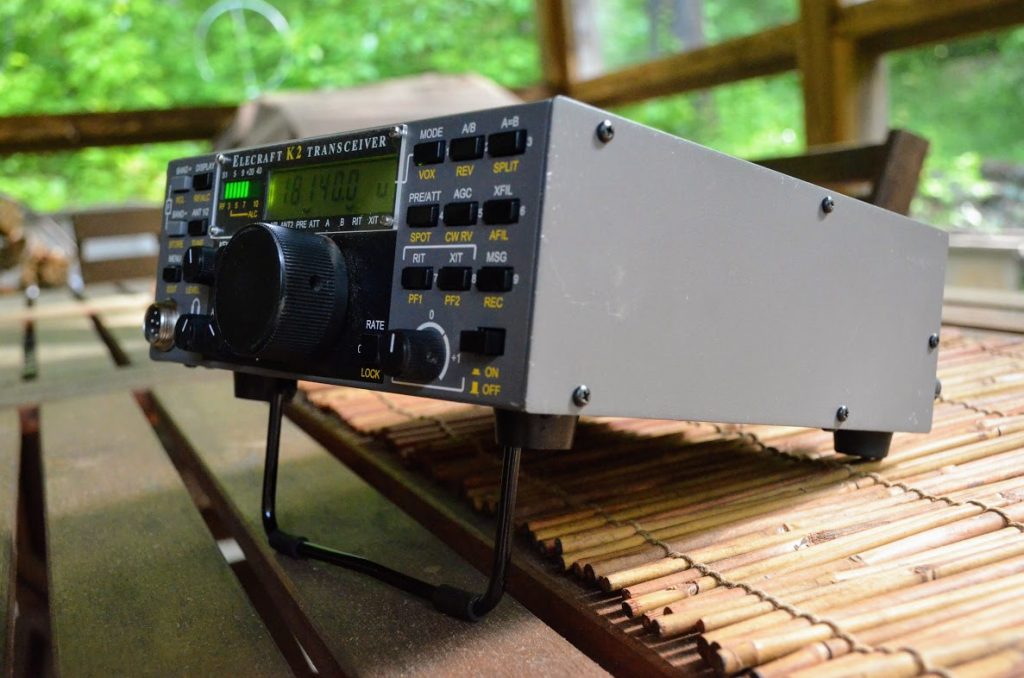
It has the latest firmware and includes all modifications. It’s fully-loaded, too–here are the options:
- KPA100 K2/100 Internal Integration Kit
- K160RX 160M and 2nd RX port
- KDSP2 SSB Adapter (which is now discontinued)
- KNB2 High Performance Noise Blanker
- KSB2 SSB option
The only option it lacks, as far as I can tell, is the K60XV (60M and transverter adapter).
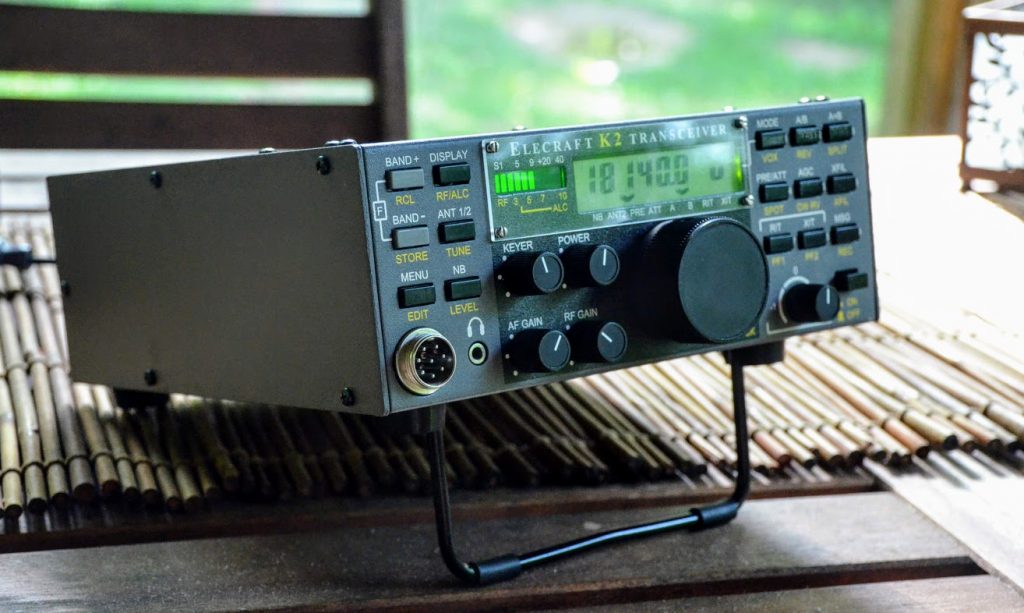
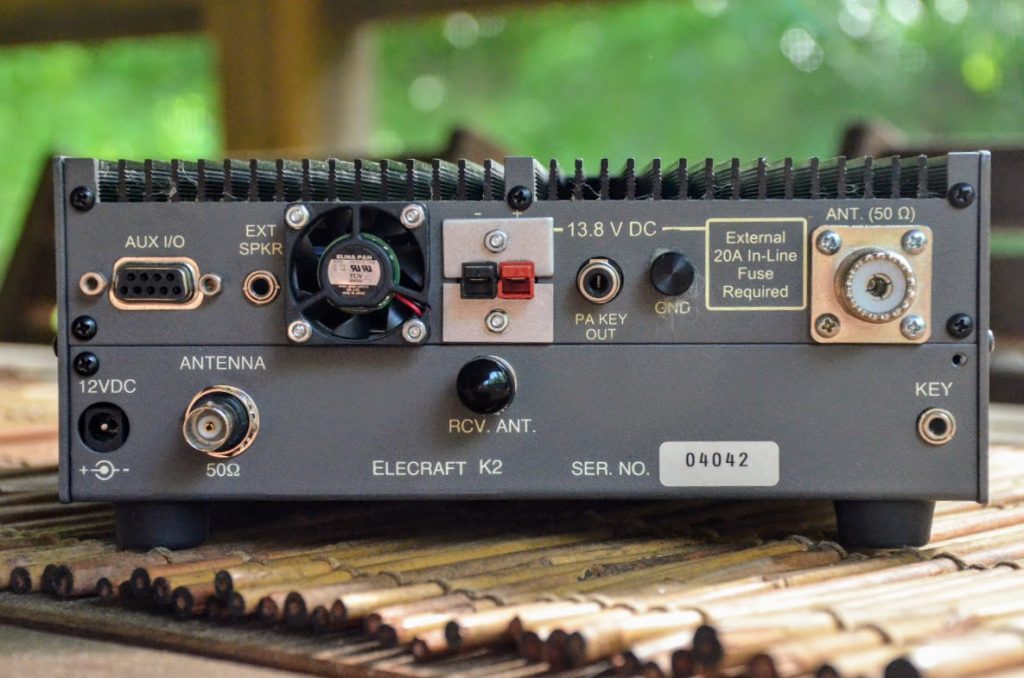
I’m hoping to sell the K2/100 for about $900 shipped (unless you, gentle readers, advise otherwise).
My K2/100 will be on view at the Winston Salem, NC hamfest this weekend, where I plan to hold down a table with my buddy, Vlado (NC3Z). I doubt I’ll sell it there, so will likely post it online later.
Here’s the thing, though…I look at this awesome little radio and wonder why I’m selling it! And then I close my eyes….take some deep breaths…and remember that it’s all about consolidating the shack and maximizing the potential of the KX3 and KX2.
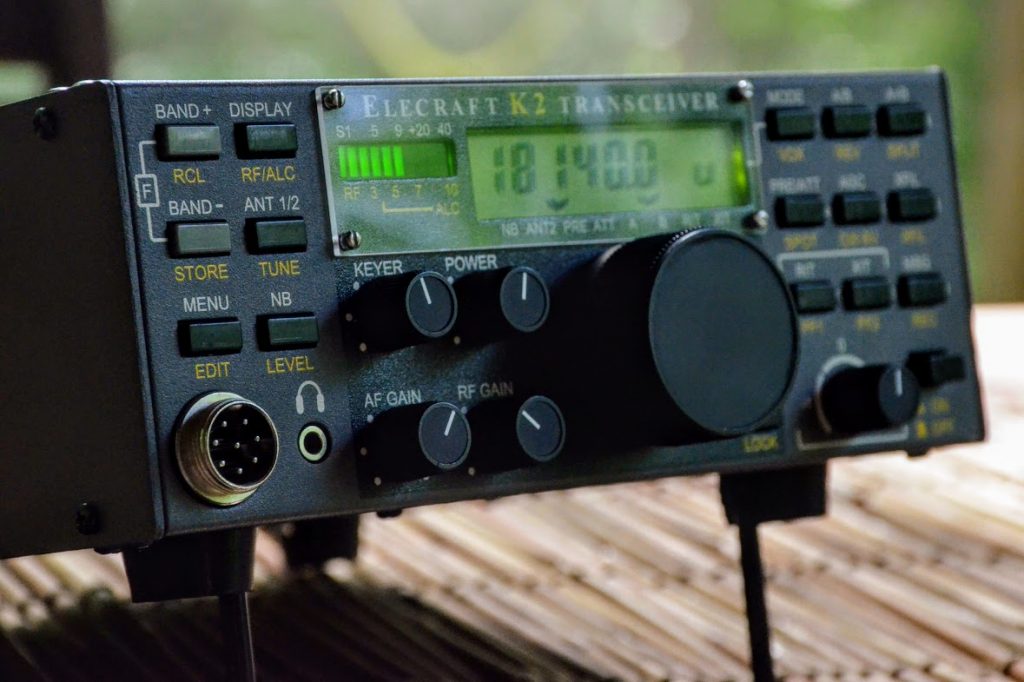
And, who knows? Maybe the universe will intervene once again, and I’ll own another K2 in the future.
Post Readers, weigh in: What radios have you bought and sold? Any regrets? Which have been, or are still, your favorites––and why?
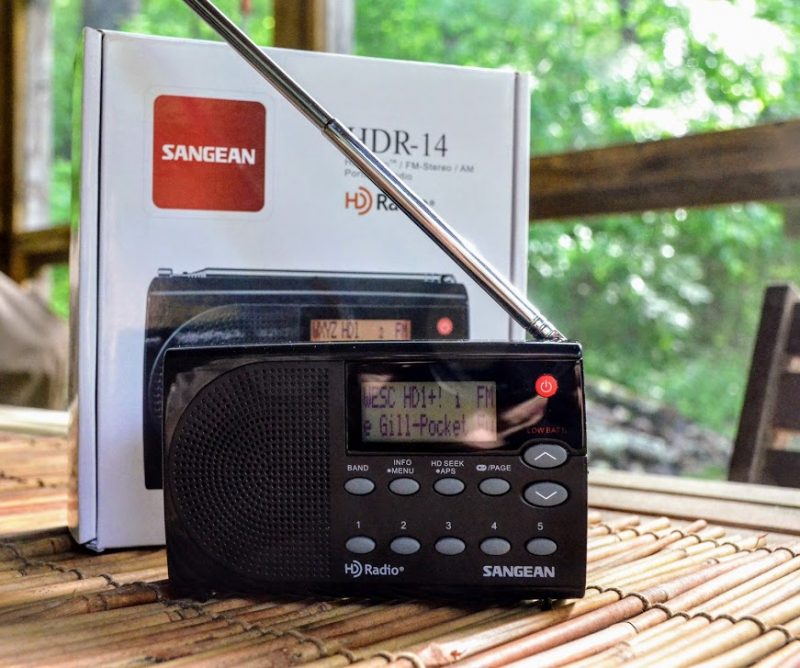 Based on readers correspondence, the most anticipated non-shortwave radio to hit the market this year might be the Sangean HDR-14 AM/FM HD radio.
Based on readers correspondence, the most anticipated non-shortwave radio to hit the market this year might be the Sangean HDR-14 AM/FM HD radio.

